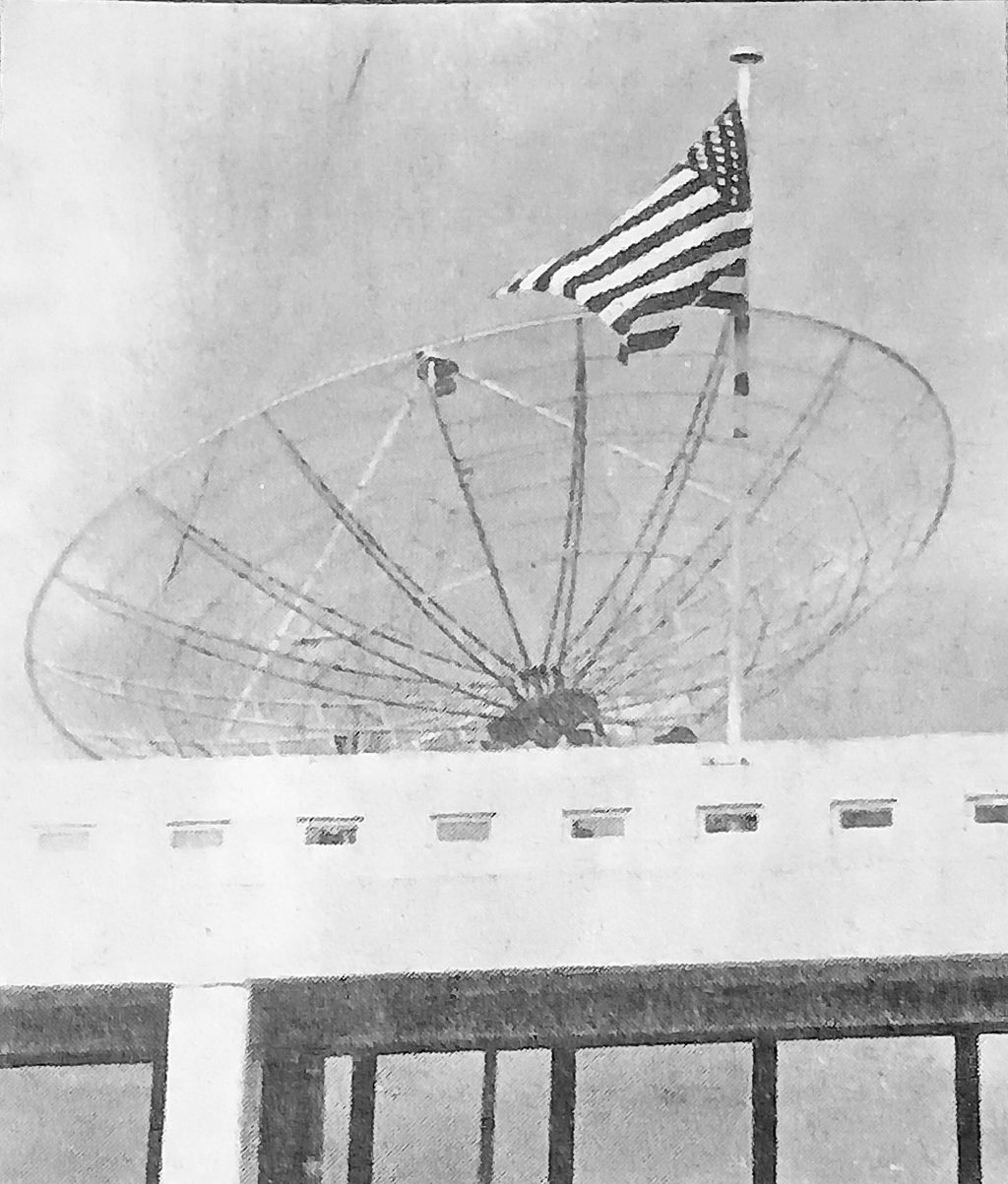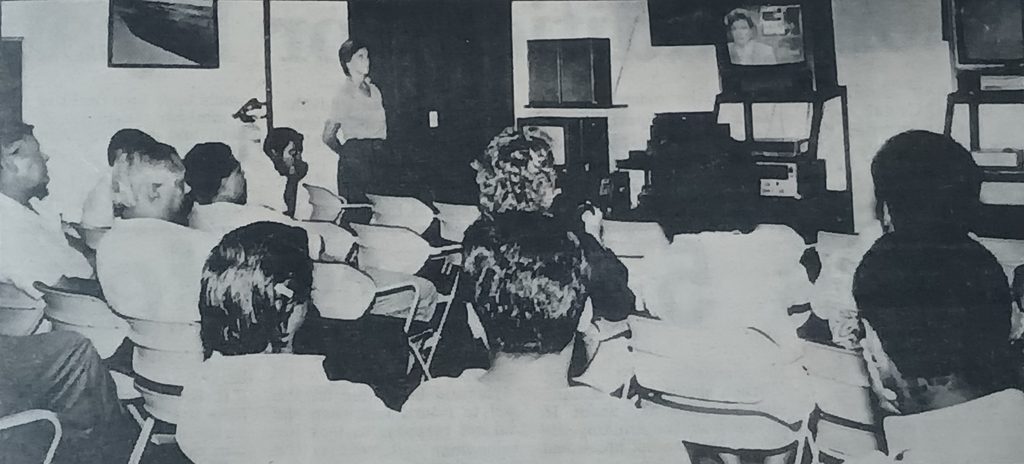IN 1990, Cabinet approved the import and setting up of Television Receiver Only (TVRO) earth stations for private use.
According to an article published by The Fiji Times on March 9 that year, they were previously banned but legislation on how the TVROs would operate had still not been finalised.
In making the announcement, the Minister for Information, Broadcasting, Television and Telecommunications, Ratu Inoke Kubuabola, said those interested in TVRO should seek permission from his ministry before proceeding with any further action.
“The programs received by TVROs are solely for private viewing and not distributed beyond the immediate confines of the premises in which the TVROs are installed, and the signals received are not used or distributed for commercial purposes,” Ratu Inoke said.
But the government statement also said special permission would be needed if hotels, motels and other tourist accommodations wished to set up the equipment.
The TVROs, which were receiving dishes, picked up from the satellite stations orbiting above the equator. These satellites transmitted global beams covering about one-third of the Pacific Basin.
The signals were specifically for paying organisations, such as FINTEL, a signatory to the Intelsat agreement.
There were several satellites which receivers in Fiji could have access to — two intelsat stations, the AFRTS and a French satellite which serviced French Polynesia and Palap from Indonesia.
Under telecommunication laws, it was illegal to intercept the signals without authorisation but TVROs had become accepted in Australia and New Zealand for private use.
It was not clear how the Fiji government would legislate to make interception of the satellite’s relay signals acceptable here.
It was also not clear if there would be checks made to see there was no abuse of the system — such as making videos of satellite-received programs and then renting them out.
It was also technically possible to use one dish transmitting signals to a number of television screens in the vicinity.
Several TVRO dishes were already set up in Fiji by individuals and organisations on an experimental basis.
Those importing or intending to use TVROs for personal or experimental purposes would need to first register with the Ministry of Information, Broadcasting, Television and Telecommunications.
They would need to supply specifications of the equipment they intend to use. An annual registration fee of $50 for each TVRO earth station would be charged to defray administrative costs.
Ratu Inoke said the Government would welcome initiatives by local businesses to produce and assemble the dishes here.
AWA (New Zealand) Ltd had received six firm orders for TVRO dishes, its regional manager, Harry Powell said.
He said he saw no problem in receiving signals for private use but saw complications if these were used for commercial purposes.
Mr Powell said the dishes that had been ordered cost about $4500 to $5000. He recommended dishes which were at least 3.5 metres in diameter.
“Anything smaller and you will not be able to get a clear picture,” he said.
Mr Powell said there were cheaper and smaller dishes available, but these would not provide good reception.
He said the smaller dishes were more practical for picking up signals which were directly overhead.
In the case of Fiji, no satellites were orbiting directly above Fiji.
“The quality of pictures is relative to the size of the dish,” he said.
The signals were transmitted at a super-high frequency which went through a low noise amplifier before being converted to a broadcast frequency to be seen as images on the TV screen.
The satellite dish on top of the American Embassy building in Suva was used for the first time to receive news via the Intelsat satellite from Cable News Network (CNN) in Washington.
Picture: FT FILE



